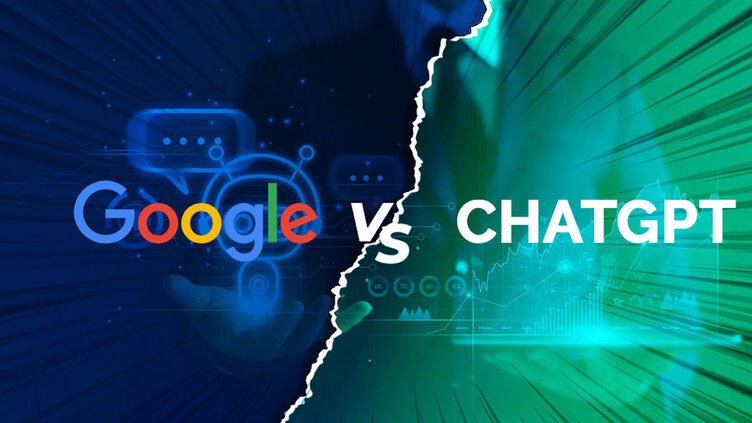ChatGPT vs. Bard: The Language Model Showdown

Language models have become a cornerstone of artificial intelligence, capable of generating text, translating languages, crafting various forms of creative content, and answering questions informatively. Two of the most prominent Large Language Models (LLMs) in this arena are ChatGPT, developed by OpenAI, and Bard, by Google. Both of these models are created by leading technology companies and have distinct characteristics and applications.
Features and Differences
ChatGPT
- Developer: OpenAI
- Language Model: GPT-3.5
- Model Size: 1.5 billion parameters
- Training Data: Internet text and code up to 2021
- Strengths: Creativity, high-quality text generation, ability to follow instructions
- Weaknesses: Can be misleading, not always factually accurate
- Uses: Content creation, translation, code writing, question answering
Bard
- Developer: Google AI
- Language Model: PaLM 2
- Model Size: 540 billion parameters
- Training Data: Internet text and code, including real-time sources
- Strengths: Accuracy, natural language understanding, research capabilities
- Weaknesses: Less conversational, not always as creative
- Uses: Research, education, customer support
Key Differences
One of the primary distinctions between ChatGPT and Bard is their access to real-time sources. Bard has access to up-to-the-minute information, while ChatGPT’s knowledge is limited to data available up to 2021. This means Bard can provide more current and accurate information, which is essential for tasks like research and education.
Another significant difference lies in the size of their models. Bard boasts a massive model with 540 billion parameters, whereas ChatGPT’s model comprises 1.5 billion parameters. This size variance means Bard can process more complex information and generate higher-quality text.
ChatGPT is a potent tool for tasks demanding creativity and high-quality text generation. It excels in crafting various forms of creative content and maintaining conversational interactions. However, it can occasionally provide misleading information and may lack factual accuracy.
On the other hand, Bard shines in tasks requiring precision and natural language understanding. It may not be as conversational as ChatGPT, but it compensates with a strong emphasis on accuracy and the ability to conduct online research effectively.
In conclusion, both ChatGPT and Bard are powerful language models capable of assisting users in a variety of tasks. The choice between them depends on specific needs. If you require a model for creative and engaging text generation, ChatGPT is the preferred option. However, if precision and research capabilities are paramount, Bard is the recommended choice. These two models represent the forefront of language technology, catering to a wide range of user requirements.

ENGLISH ARTICLES







